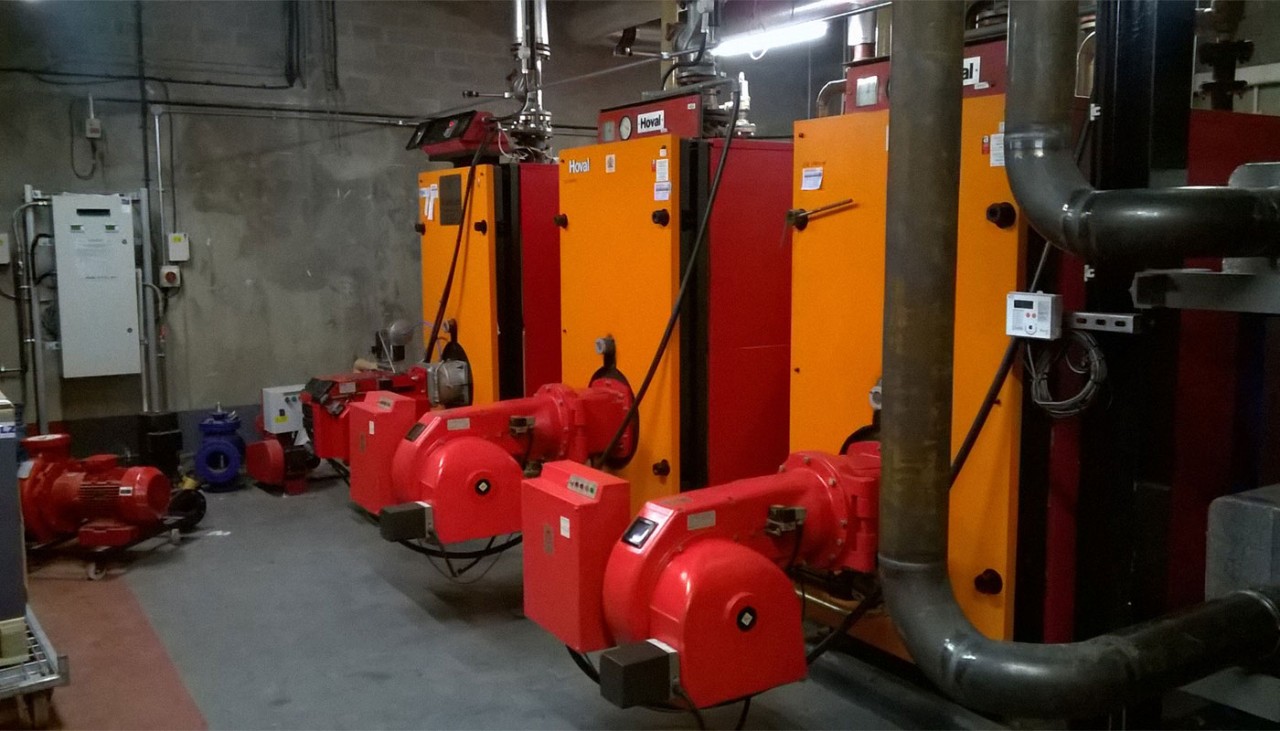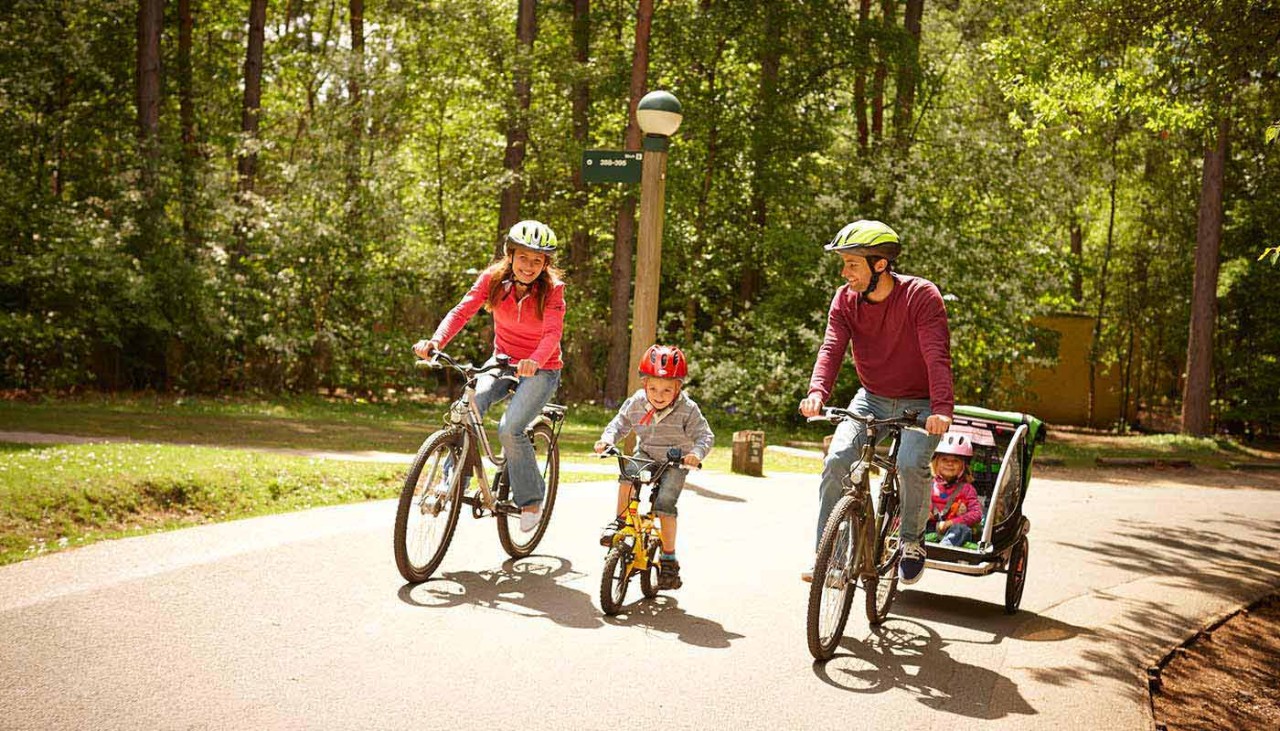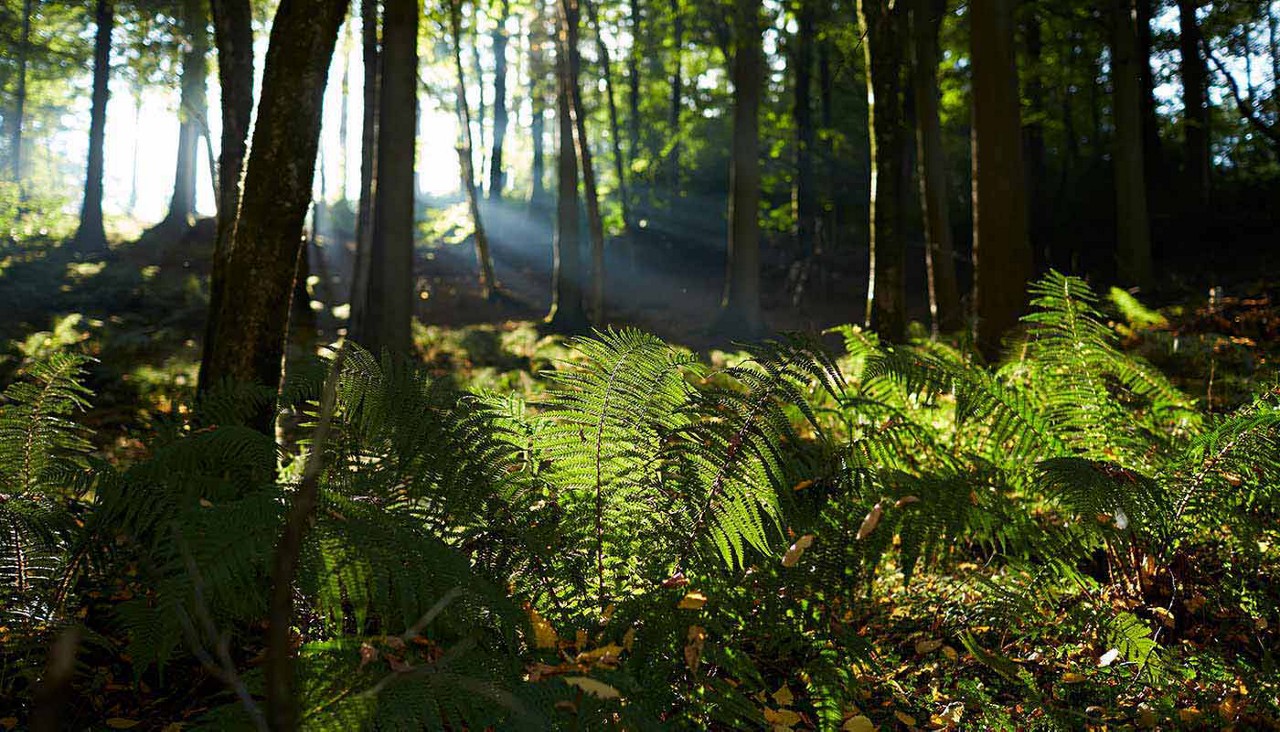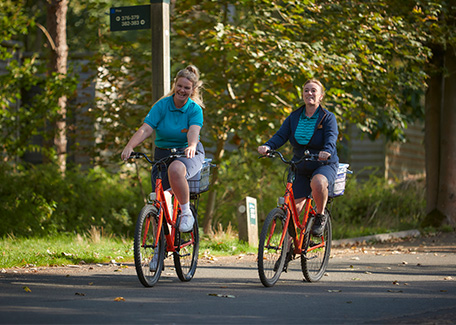Our journey so far
Our journey towards reducing our energy use and carbon footprint began many years ago, and we have already achieved some significant reductions and implemented new and innovative tools and products to help measure and reduce our environmental impact.
In 2010, we emitted 63,000 tonnes of carbon and, as a business, we took the decision that we needed to drastically decrease this amount to reduce our carbon footprint and positively contribute towards the global effort to tackle climate change. We set ourselves a challenging target of reducing our carbon emissions by 20% over 10 years (2010-2020).
We knew that the vast majority of our carbon emissions are associated with our accommodation and leisure activities, and we put in place an action plan and accompanying capital investment to make some significant changes in these areas.
Our commitment, and this targeted investment, meant that we achieved a 7.4% reduction in carbon emissions by 2014 and a 15% reduction by 2016. In 2018, we achieved our target of reducing carbon emissions by 20%, two years ahead of our original goal. This meant that the expansion and development work we carried out during this period was achieved with a carbon neutral result.
In total, we reduced our carbon footprint by more than 14,000 tonnes – now, we want to reduce that even further, and we are aiming to reduce carbon emissions by 30% by 2030 from a baseline year of 2020.
Our work to date

Anaerobic digestion
Anaerobic digestion is the process of using microorganisms to break down biodegradable material (such as food waste) to produce renewable energy. The process produces biogas, a combination of methane and carbon dioxide, which can be used directly as fuel or in conjunction with combined heat and power systems (CHPs), generating electricity and heat for the village.
At our original village, Sherwood Forest in Nottinghamshire, we work with a specialist energy supplier to provide the village with electricity and heat generated by anaerobic digestion. The anaerobic digestion plant supplies 22% of the village’s heat and 78% of the required electricity, contributing towards a 4.8% reduction in carbon use across the whole business.

Combined heat and power systems (CHPs)
CHPs take the place of conventional boilers by utilising heat which would otherwise be wasted. Heat is created in the process of generating electricity and, rather than allowing this to escape and be wasted, CHPs use that heat to provide hot water. CHPs are a highly efficient way for us to supply large volumes of heat to facilities like our central buildings (at Elveden Forest, Longleat Forest, Whinfell Forest, Sherwood Forest and Longford Forest) and Aqua Sana Spa (at Elveden Forest, Longleat Forest and Longford Forest).

Energy Centre
Woburn Forest, in Bedfordshire, was our first chance to design a new village for 20 years. Clearly technology had moved on significantly from when we built Longleat Forest in 1994, and this offered us an opportunity to approach our heating requirements differently. We included the Energy Centre in our designs to provide effective and flexible management of our heating requirements.
The building feeds a fully insulated 20,000 metre main pipe district heating network which branches off to supply all lodges and central buildings with heating and hot water. This means that we only have six large boilers on the village, rather than boilers in all 800 lodges. The Energy Centre houses biomass and gas boilers, along with two CHPs. This offers a choice of the most efficient way to deliver energy to the village, as well as offering back-up provision and resilience. A complex control system takes boilers out of operation as demand lessens, adding to the efficiency of the system.
As research into sustainable sources of energy continues to advance, the Energy Centre is set up to incorporate emerging technologies such as fuel cells and improved biomass, giving it the flexibility to adapt and making it a futureproof solution. The system meets the requirements of the OFGEM RHI scheme, meaning it adheres to strict air quality criteria, as well as ensuring biomass fuel is sustainably sourced.

Energy reduction
We have changed to low energy lighting in more than 4,000 lodges and all of our central buildings, and we enhanced our Building Management Systems to optimise the management of energy use. We have also implemented colleague awareness campaigns to reduce energy use.

Ground source heat pumps and air source heat pumps
Ground source heat pumps use underground pipes to extract natural heat from the ground, whilst air source heat pumps absorb heat from the outside air. This natural heat is used to heat our Treehouses at Sherwood Forest and Longleat Forest (ground source heat pumps) and a number of lodges at Longleat Forest (air source heat pumps), as well as providing hot water for these accommodation units. Using ground and air source heat pumps means we are not burning fossil fuel to heat these lodges.

Renewable grid electricity
In 2020, we switched our grid electricity to 100% renewable energy, reducing carbon by 21% and saving more than 13,000 tonnes of carbon each year.

Solar power
Solar photovoltaic (PV) systems convert energy from sunlight into electricity – they’re more commonly known as solar panels, although they are available in different forms such as solar modules. Solar PV systems produce 100% renewable energy, meaning that in a typical home about one tonne of carbon could be saved every year. Our Head Office building in Nottinghamshire benefits from two solar arrays on the roof.
Solar thermal systems are very similar but, instead of producing electricity, the energy generated is used to heat water. We use solar thermal systems for a number of lodges at Longleat Forest and our apartments at Whinfell Forest.



